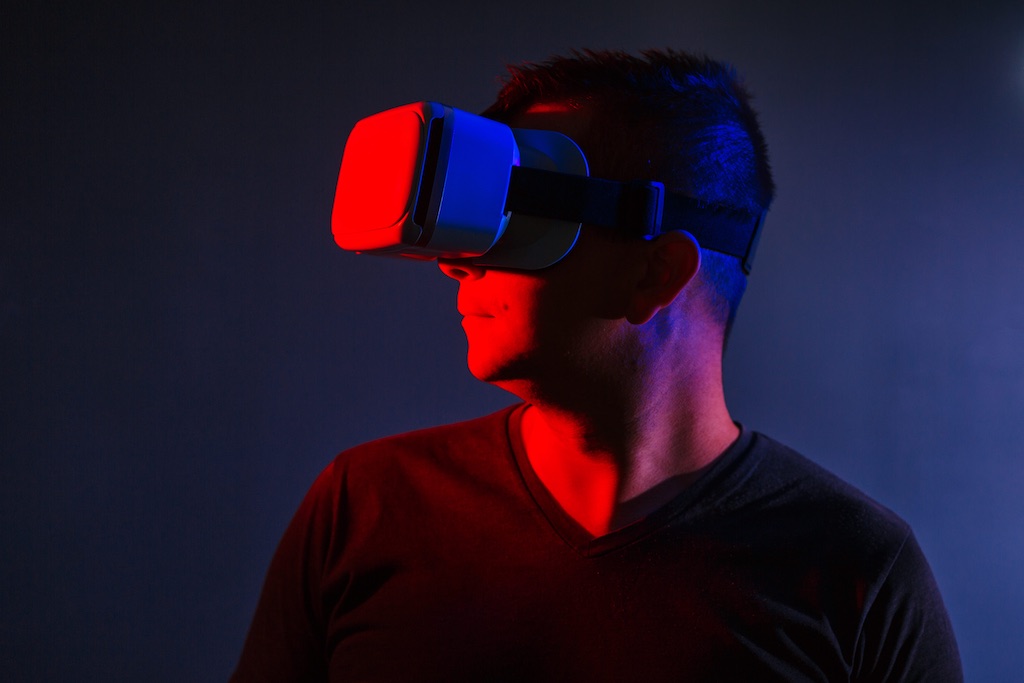Retail is a dynamic industry, driven by market forces but also by the needs of customers. As demographics shift and new technology is introduced, bricks and mortar retailers are challenged to stay responsive and keep adapting to compete with their online counterparts.
One of the ways that bricks and mortar stores are currently evolving is in their embrace of new technologies like AR (augmented reality) and VR (virtual reality) in retail spaces. In this context, AR refers to technology that’s superimposed on your real world surroundings to alter or add to what you can see. VR refers to technology that replaces your vision with an alternative view, often with a headset or similar device to transform your surroundings. Gartner, a renowned worldwide research and advisory company, has conducted extensive research into the use of AR and VR in retail and predicted that 100 million consumers will adopt this technology by 2020, for both online and in-store shopping.
These technologies open up new possibilities for retailers in terms of customer engagement and enhancing the experience of shoppers. As we covered in an earlier blog, the quality of the in-store experience is crucial for retaining and attracting customers to physical stores. As AR and VR technologies have applications both online and in stores, there are potential synergies for brands that can boost their sales performance across all platforms. In any case, it’s clear that the way retail spaces are configured will change, and the parameters of shopfitting accordingly.
Here’s a quick overview of some of the ways AR and VR are already being used in retail environments:
Ikea’s Place app is an example of AR tech that allows the viewer to select items like furniture from their online store and superimpose them (to scale) on a view of their own home environments. This effectively extends the shopper’s experience of the brand into a third space, outside online or physical stores, and adds value to their process of engaging with the products. This ‘try before you buy’ approach has also been adopted by fashion retailers like Nike, who offer an app that lets you virtually ‘try on’ shoes to test their fit before purchasing them, either in store or from the comfort of your own home. Topshop and Uniqlo have both experimented with smart mirrors, Topshop with a program that superimposes a 3D version of an item on your body, and Uniqlo with an AR function that allows you to try on an item and then see yourself in colour variations on a screen without trying them all on.

AR and VR are also being used to change the nature of shopper’s experiences by injecting fun and whimsy into the act of coming in-store. Retailer Zara used AR to engage shoppers with their displays through the Zara AR app on their smartphones. When users viewed the displays through the app, they could see models wearing the items, and click through to purchase. Tilly’s, a teen surf and sport clothing retailer, conducted an in-store scavenger hunt through their AR mobile app, where shoppers were directed to collect virtual coins. When all three were collected, the shopper was offered a 20% discount coupon.
There are many other instances of VR and AR being used to enhance the experience of shoppers and increase the quality of the service they’re offered, right here in Australia and all across the world. It’s an exciting time for retail, and we’re keeping a close eye on these developments at Storepro to make sure we’re well-placed to meet the needs of our customers as this technology is rolled out.
Would you like to chat about how your retail store can best cater to your key demographics? Get in touch with Storepro by calling the office on 1300 922 201 or emailingreception@storepro.com.au.

